Too Rail To Fail?
Working on the railroad all the live-long day? Not if contract talks fail.SMART-TDOn the early morning of Thursday, 15 September, rail companies and rail worker unions reached a tentative agreement to avoid the union-authorized strike that had been cleared to begin as early as Friday.
The rail workers have been working without a contract for nearly three years. They are seeking better working conditions, medical leave, and fair compensation.
The draft agreement offers some gains for the workers, but the details must be ratified by union membership before becoming official. As of Thursday, the possibility of a strike that would cripple the nation’s supply chain is still very much in play.
While most media outlets have focused on the concerns of big business during these protracted negotiations, reporters Maximillian Alvarez and Mel Beur at The Real News have shined a detailed spotlight on labor’s side of the story.
Let’s highlight a few points of emphasis in their early and extensive reporting:
A rail labor dispute timeline
What’s the dispute about?
What makes rail labor disputes different from most other types of labor disputes?
How did we get here?
Where is this all headed?
Timeline: rail labor dispute
In mid-January of 2022, two major rail worker unions, SMART-TD and BLET, initiate steps to authorize a strike in protest of stalled contract negotiations. The move comes after years of no progress in contract talks, during which the rail workers have worked without contracts and the rail companies have enjoyed strong profits.
On January 25, a US District Court judge grants rail company BNSF “a temporary restraining order blocking the two unions from striking, saying that a strike would cause the rail company “substantial, immediate and irreparable harm.””
In spring of 2022, contract talks reach an impasse after years of no progress.
On June 14, the negotiation impasse is made official, which triggers a 30-day cooling off period.
On July 14, President Biden appoints a Presidential Emergency Board (PEB), assigned with making recommendations to resolve the contract stalemate and avoid a strike.
In late August, the PEB releases a report with its recommendations. If both sides reject recommendations and fail to find consensus, the path to strike is cleared.
On September 15, rail companies and rail worker unions reach a tentative agreement on a new contract. The strike authorized to begin Friday is temporarily avoided while the union membership votes on whether to accept or reject the draft agreement. If ratified, a new contract is won and the strike is avoided. If rejected, a strike is back on the table.
What’s the dispute about?
BLETLike most labor disputes, the issue is about fair treatment and fair compensation. One of the major sticking points highlighted by The Real News was the draconian attendance policy known as “Hi-Viz.”
The policy puts employees on a point system whereby they lose points for taking leave for practically any reason, including critical medical appointments. Losing points means disciplinary action or termination altogether for the employee.
The policy left workers exhausted, unhealthy, and unable to enjoy their personal and family life apart from the boundless demands of their employer. It also made railways more dangerous by fielding the freight and transit system with workers taxed beyond the limits required for physical and emotional health.
In addition to the controversial attendance policy, rail workers are seeking increased compensation. As with many industries, pay for rail workers has failed to keep pace with the increased cost of living.
What makes rail labor disputes different from most other types of labor disputes?
Most labor issues are adjudicated by the National Labor Relations Board, authorized under the legal auspices of the National Labor Relations Act (NLRA), which serves to referee the exercise of various worker rights, such as the right to unionize. On the other hand, labor disputes in the railway (and airline) industry are governed by the legal principles of the Railway Labor Act (RLA), rather than the NLRA. The difference between the two, in broad strokes, boils down to who governs the dispute resolution process and what the process looks like.
The NLRA establishes the NLRB as the governing body and says less about what the resolution process needs to look like. Any alleged violation of worker rights heads to the NLRB for judgment.
The RLA establishes the National Mediation Board (NMB) as the governing body and says more about what the resolution process needs to look like, identifying a more detailed procedure that must be satisfied by both workers and bosses before anything like a strike occurs. Alleged violations of worker rights can be taken to Federal court (rather than the NLRB) under the RLA. In certain cases the RLA also gives the US Congress the power to impose a contract on both parties in the labor dispute.
The more managed nature of labor disputes under the RLA reflects in part the recognition that the industries involved are essential to the operation of the country’s economy as a whole and therefore invite more cautious approaches to the dispute resolution.
For rail workers, the central importance of their work is a double-edged sword. On the one hand, a threat to strike will garner more serious attention than, say, a similar threat at a frisbee factory. On the other hand, the increased attention also translates to more hoops to jump through in the negotiations process, along with the looming, if rarely realized, prospect of a congressionally-imposed contract that falls short of their demands.
How did we get here?
HDN refers you to excellent, in-depth interviews conducted by The Real News with current and former rail workers for more background on what work conditions are like in the railway industry. For starters, here and here and here.
An essential point of emphasis running through these interviews is that the rail industry, like others, has systematically downsized its workforce over many years, demanding more productivity from relatively fewer workers. The strategy has reduced labor costs and increased profit margins, but has had a negative effect on safety at the workplace as well as the mental and physical health of its workers. If a rail company defends a policy like “Hi-Viz” on the basis of worker shortage, we must reflect on root causes of any alleged shortage, not least of which is human resources strategies intentionally designed to strain rail workers beyond reasonable and humane limits.
Where is this all headed?
It’s too early to call the tentative agreement struck early Thursday morning an “end” to the dispute. The agreement needs the votes of union membership in order to be ratified. Until then a strike remains on the horizon. If there is a strike, how high would be the tolerance for economic disruption, a predictable fallout from stalled freight rail systems? With political midterms looming, would the US Congress push to impose a contract in order to find a hasty solution before voters head to the polls? And if such a contract was imposed, what would it look like? Stay tuned as this story develops.








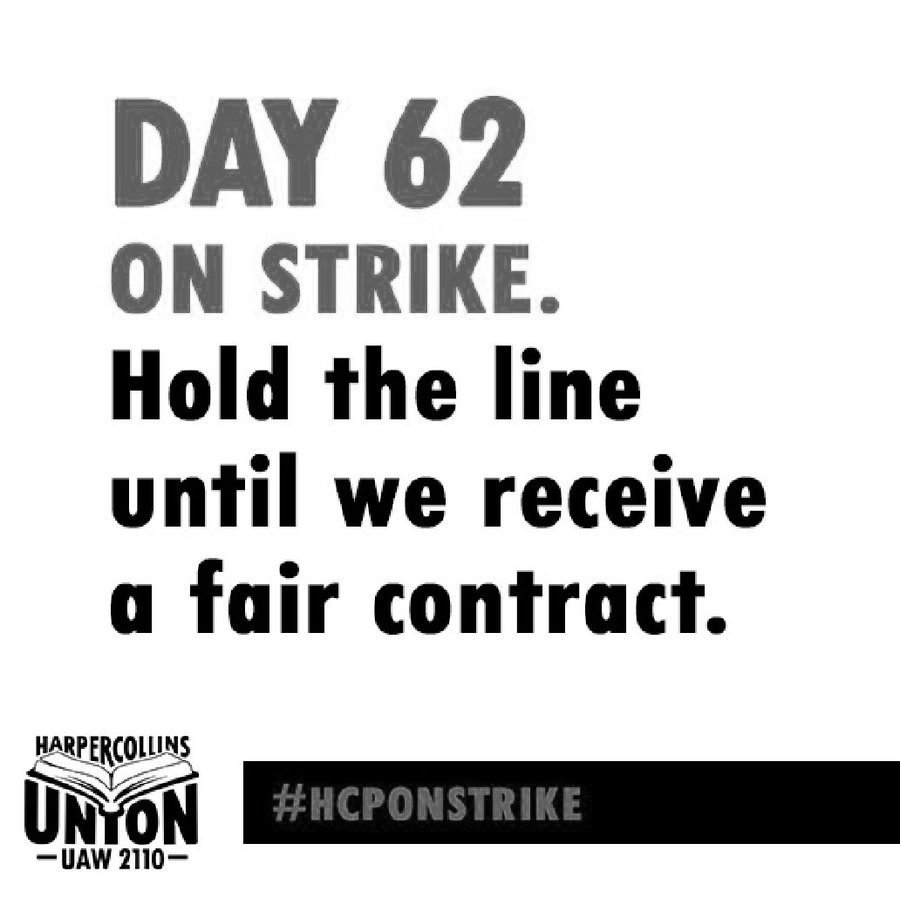






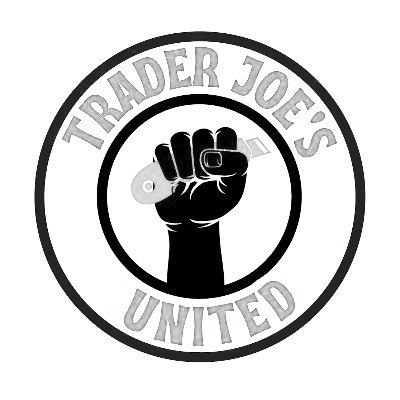




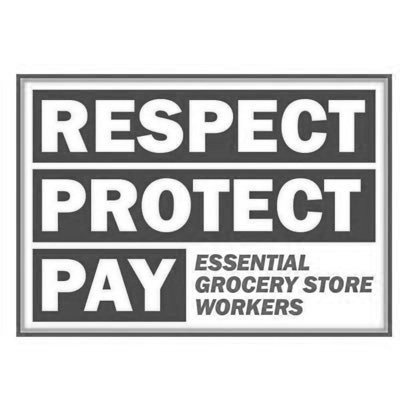

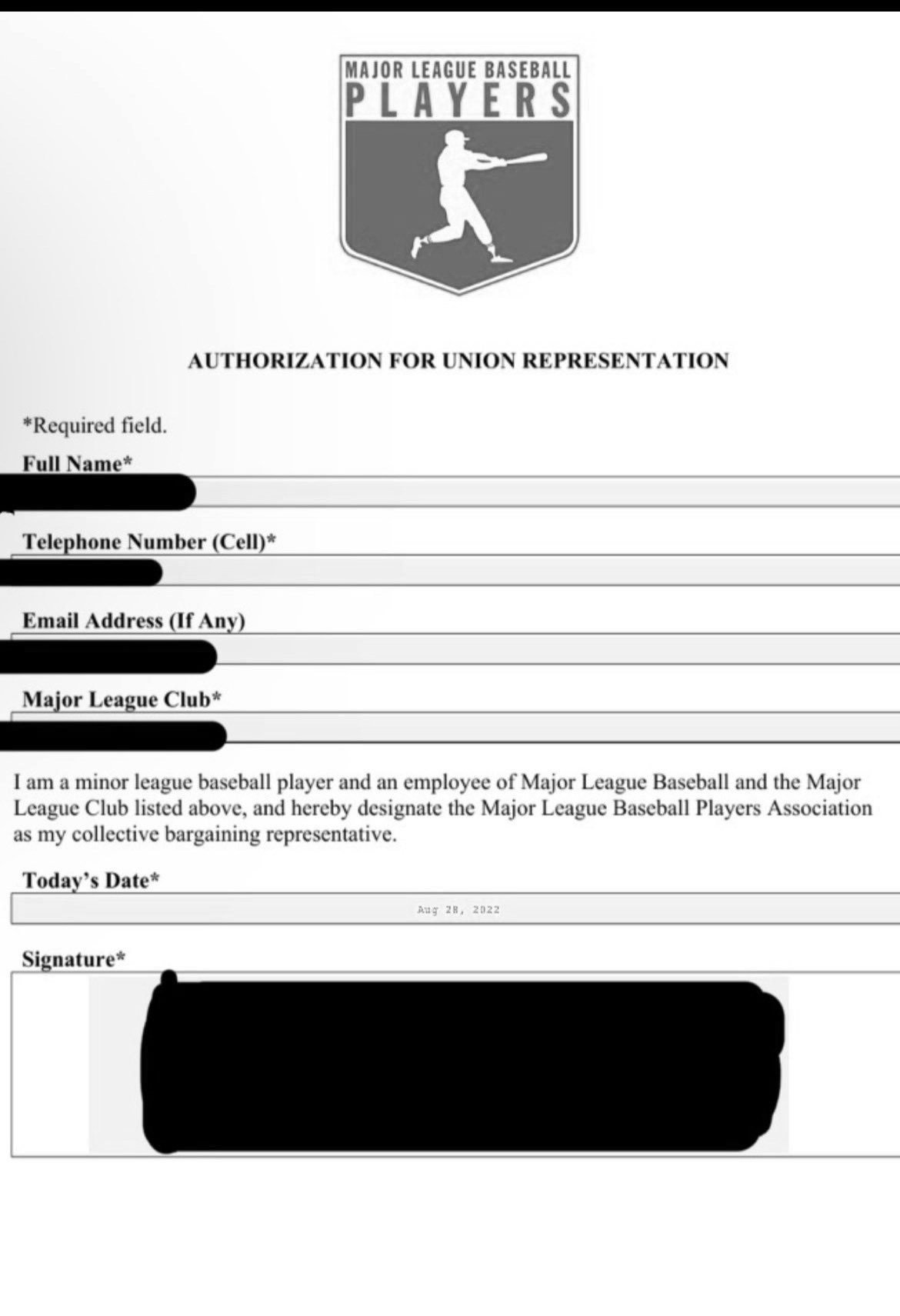



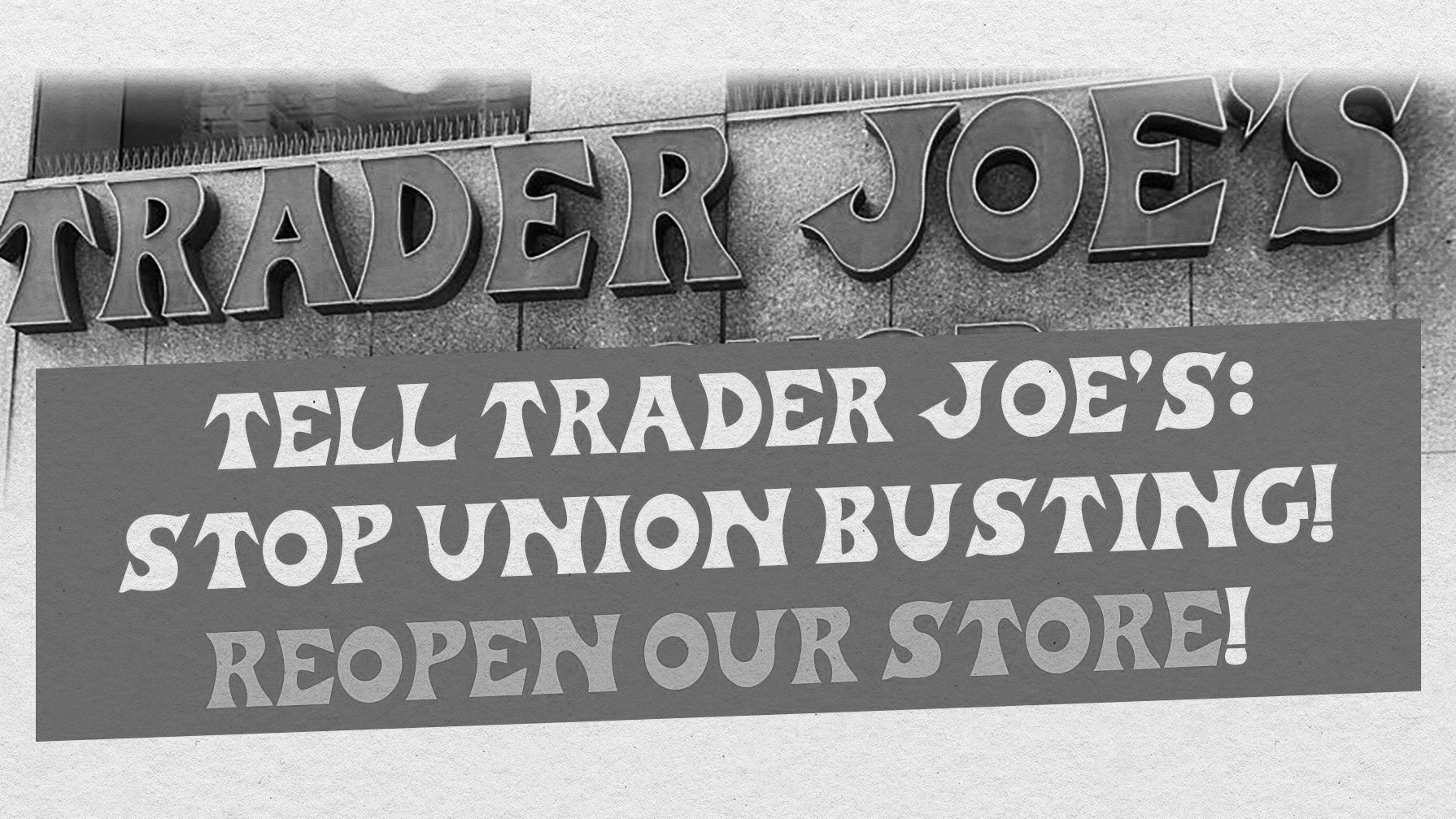


Two words: “we won.”